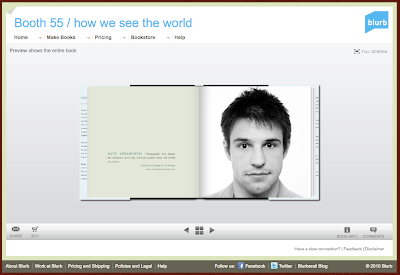Another week started and another interview to accompany it. While at SPE Philadelphia I had the wonderful chance to meet Christin Boggs. We talked briefly but I really became interested in her work. I mentioned that I was looking to write about as many people as I could and she said she would be happy to answer some of my questions. But first a little background from her website:
A native of Northern Virginia, and alumna of George Mason University's Art and Visual Technology program, Christin has been studying photography since her sophomore year of high school and is currently pursuing a Masters of Fine Art at Rochester Institute of Technology. Informed by the writing of such authors as Michael Pollan, Barbara Kingsolver and Wendell Berry, Christin's work is centered on a critique of the processed foods of the American diet, along with the exploration of natural eating habits.
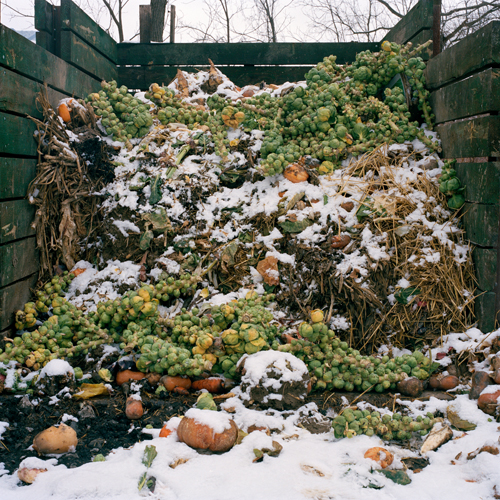
Q&A
[Me] As a life long vegetarian i have a particular interest in food, where did your inspiration for the project originate?
[Christin] I've had a long-time interest in nutrition, which was originally based on the food pyramid, a proper balanced diet, and avoidance of harmful ingredients like MSG, regardless of food origin. It's taken me a long time to figure out how to eat alternatively to the mass-production grocery store mentality. While studying photography as an undergraduate at George Mason University, I began to experiment with ways in which to address food issues in my art. Currently in my second year of Rochester Institute of Technology's MFA photo program, I have continued making work centered around food issues, which first led to "Cheap Fix," a series of five photographs replicating Dutch still life paintings. Rather than creating an exact replication, I replaced each object from the original painting with its contemporary counterpart. For example, artisan cheese and bread were replaced by Wonderbread and Velveeta Cheese and glass tableware was replaced by plastic tableware.
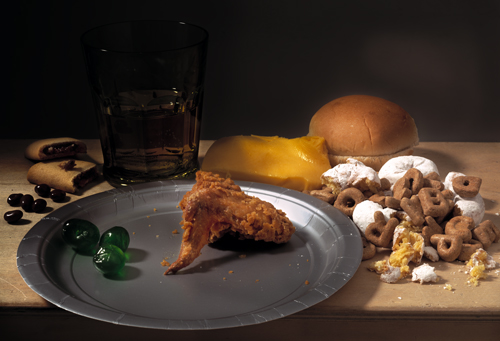
All of my previous food photographs dealt with a critique of the American food industry. During my first year of grad school, I read Barbara Kingsolver's book Animal, Vegetable, Miracle (http://www.animalvegetablemiracle.com/), which totally changed my way of thinking about food by introducing me to the movements of Slow Food (http://www.slowfood.com/) and local food. I began making small lifestyle changes, like baking my own bread and shopping at the farmers market. So with a background interest in food issues, the inspiration for "Slow & Steady" really grew out of a desire to meet people in the Rochester area with similar food interests and to continue learning how to eat closer to the source.
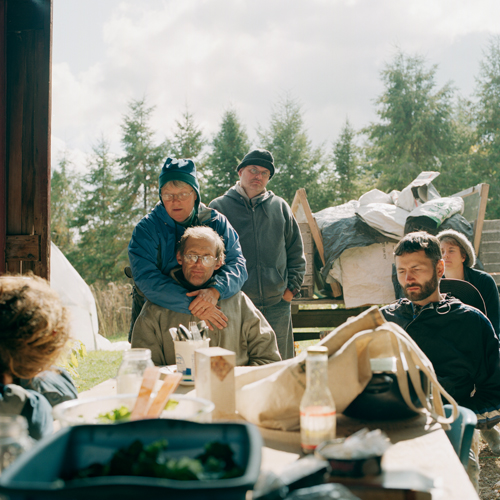
[Me] I feel there is a substantial amount of research that exists outside the images - if so, do you plan on showcasing that information?
[Christin] Absolutely, there's a lot of information contained within the project that I want to share with viewers in a few different ways. For my thesis show, in addition to the images on the wall, I am planning to have a reading area within the gallery which will have books and articles pertaining to the local foods movement, in addition to information for Rochester residents who are looking to get connected with local farmers, small-scale food producers and community gardens. I am also considering a website dedicated to the project, which would have links to a lot of my research sources. And ideally a book would be a great way to include some text about the images.
[Me] There is a particular color pallet that accompanies your images, is this something you discovered along the way or selective characteristic chose to emphasize?
[Christin] I did anticipate an overall muted color palette, because the subject matter is so close to nature, in contrast to projects like Susana Raab's "Consumed") and Brian Ulrich's < href="http://notifbutwhen.com/projects/copia/retail/">"Copia", in which photographs contain bright fast food labels. Also, I've been photographing since September, when plants were just beginning to wither and Rochester weather was becoming colder, bringing gray skies and flat lighting.

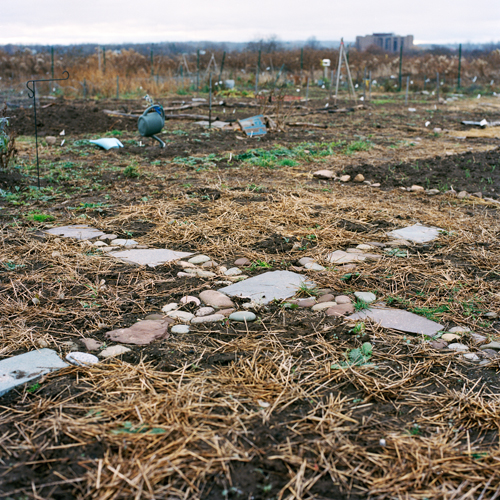
[Me] Where do you hope to take this work?
[Christin] Short-term, "Slow & Steady" will be shown in October, at the Rochester Regional Community Design Center (http://www.rrcdc.org/), as my MFA thesis show. It's exciting first to show the project within the Rochester community. But outside Upstate NY, the project acts as one example to the larger slow foods movement. The images are versatile, walking a fine line between documentary and fine art imagery, so the possibilities are wide open. Aside from showing in galleries, I'd love to see the images in print in magazines like Orion or Daylight and exhibited in public spaces such as libraries, city halls, schools, etc. After each shoot, I provide food producers with digital copies of photos and welcome them to use the images for promotional purposes, so the photos have been ending up on blogs, Facebook, newsletters, etc.

So there you have it. What a great chance to look a little closer at fantastic some work being created. I'm honored to include a discussion of this nature on this blog. As it was noted in the beginning, I'm a lifelong vegetarian, so hearing/reading the answers to some of the questions were of particular interest to me. And not to mention photographically wonderful. Make sure you check out Christin's site more more images. Her blog is first rate as well.
A little more to come this week, however things are shaping up to be on the busy side but the next interview featuring Ryan Ball, just off in the future, probably next Monday.
Cheers.


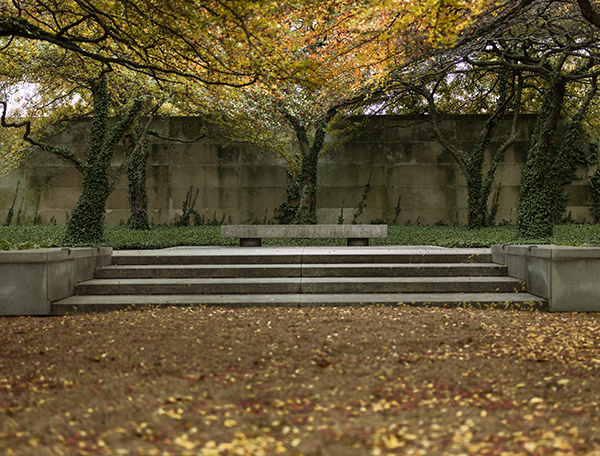

 More to come...
More to come...